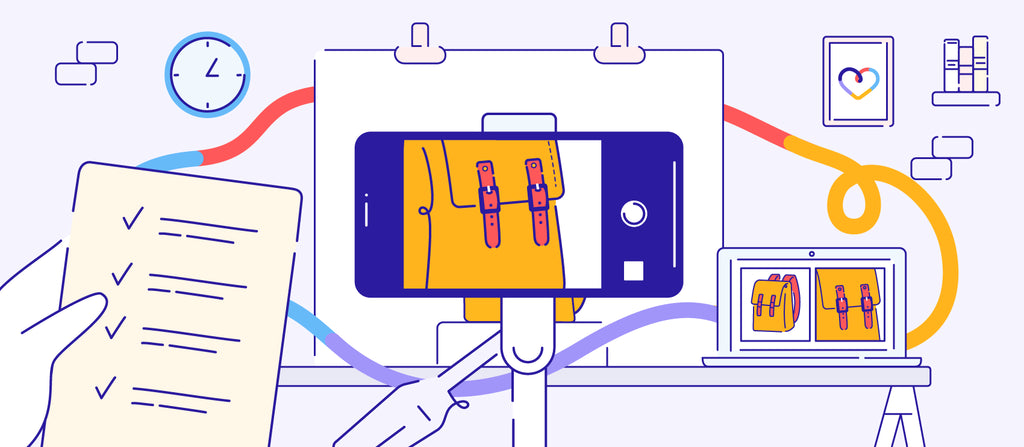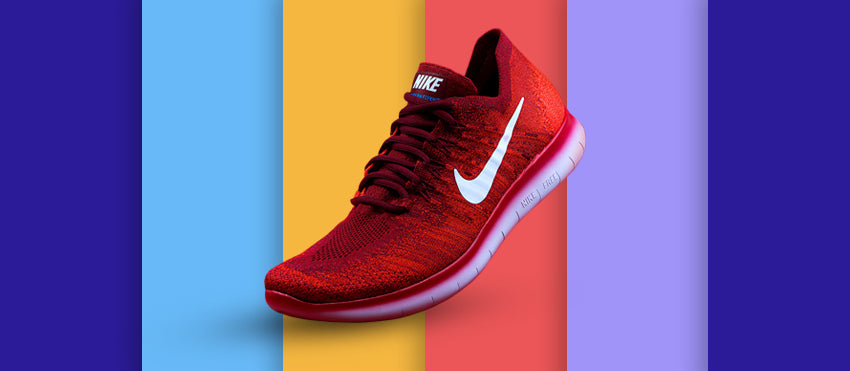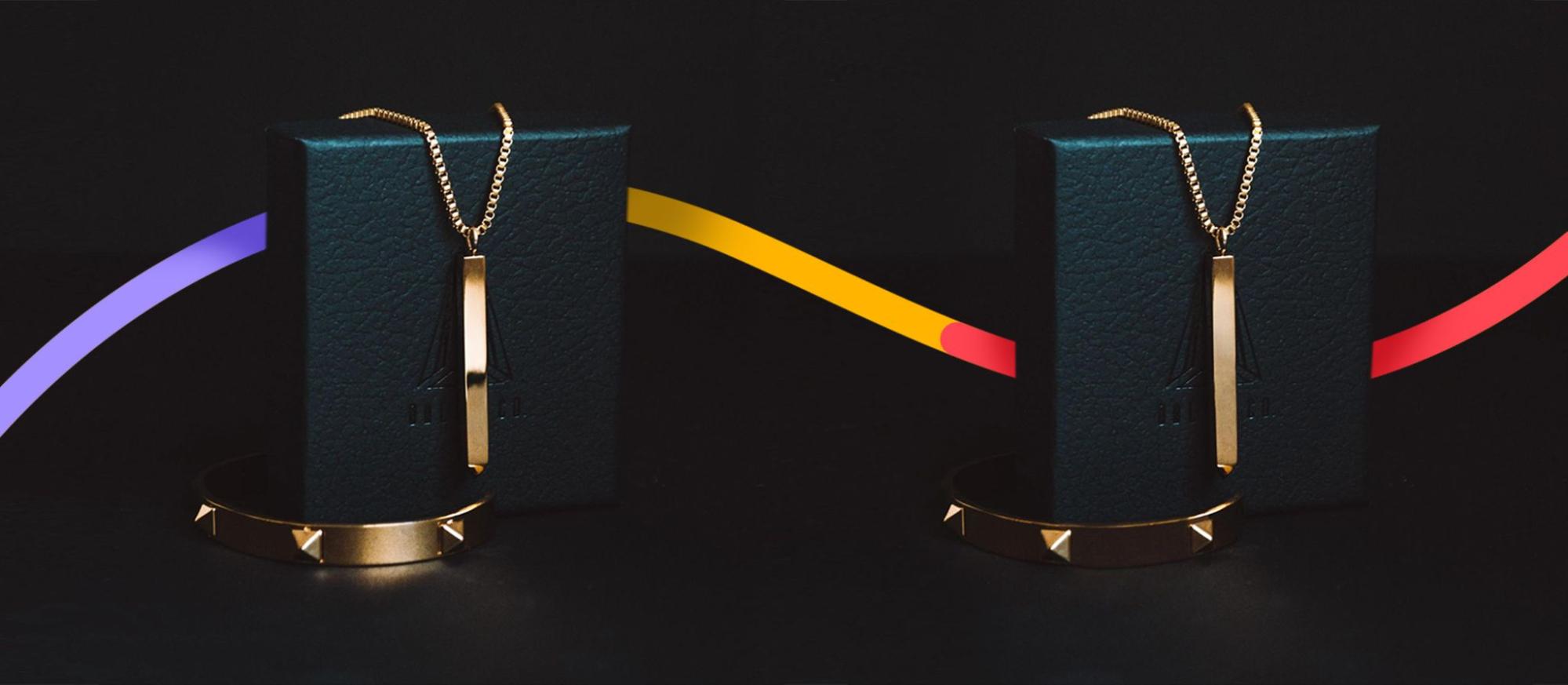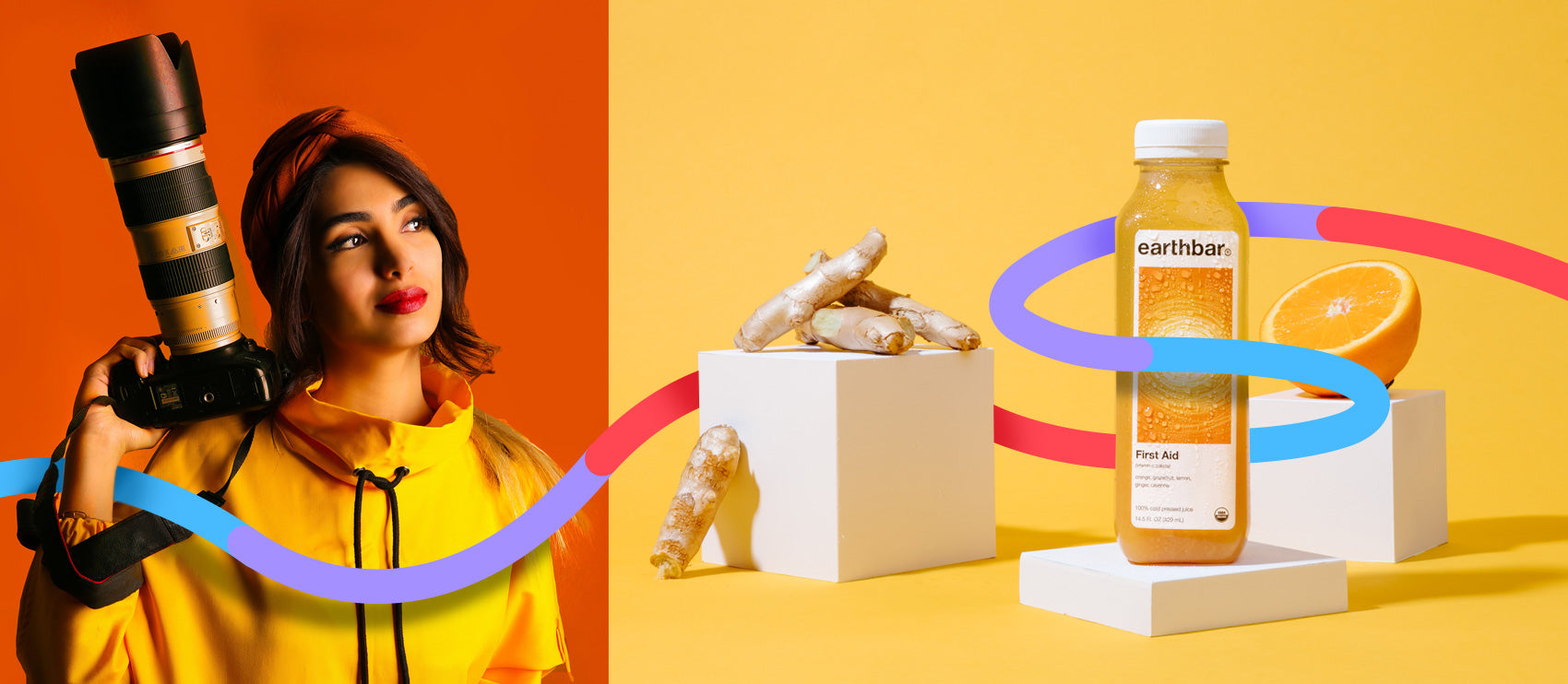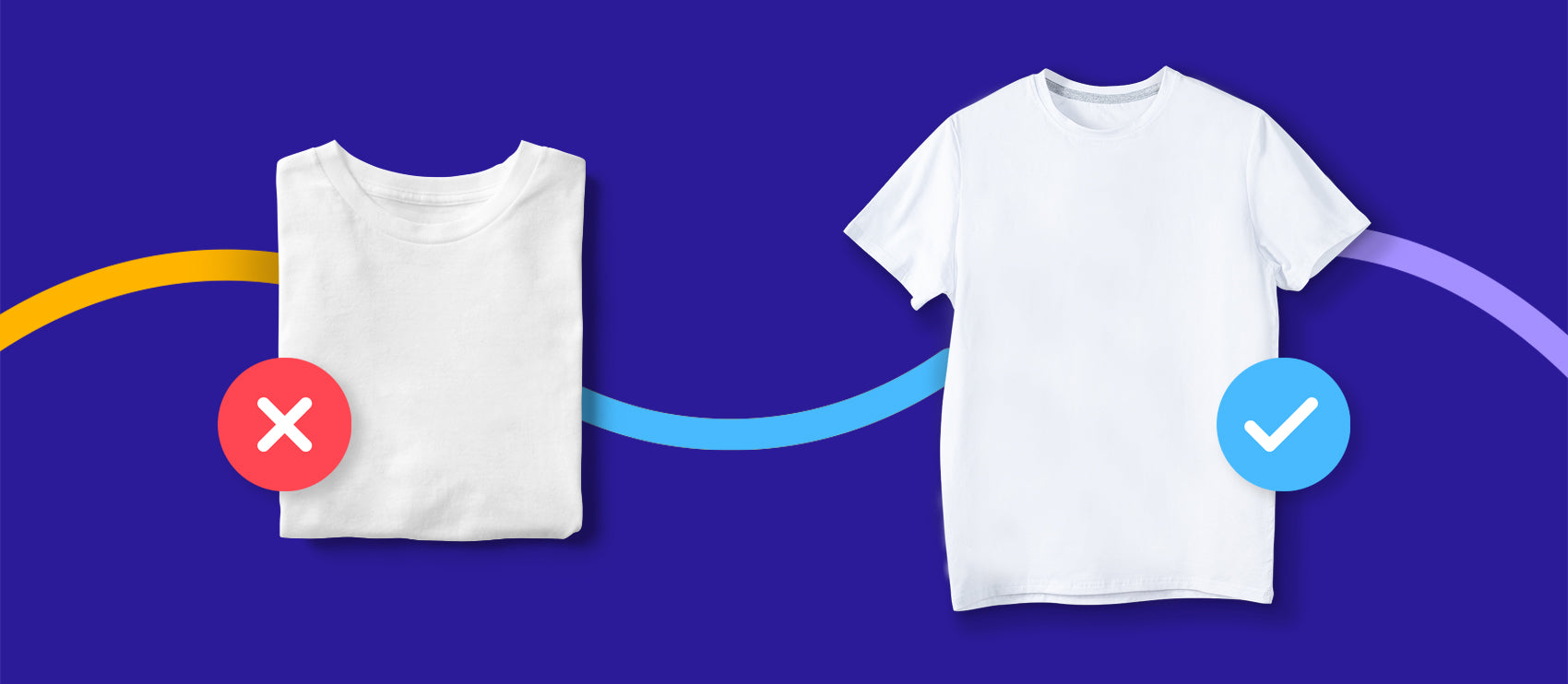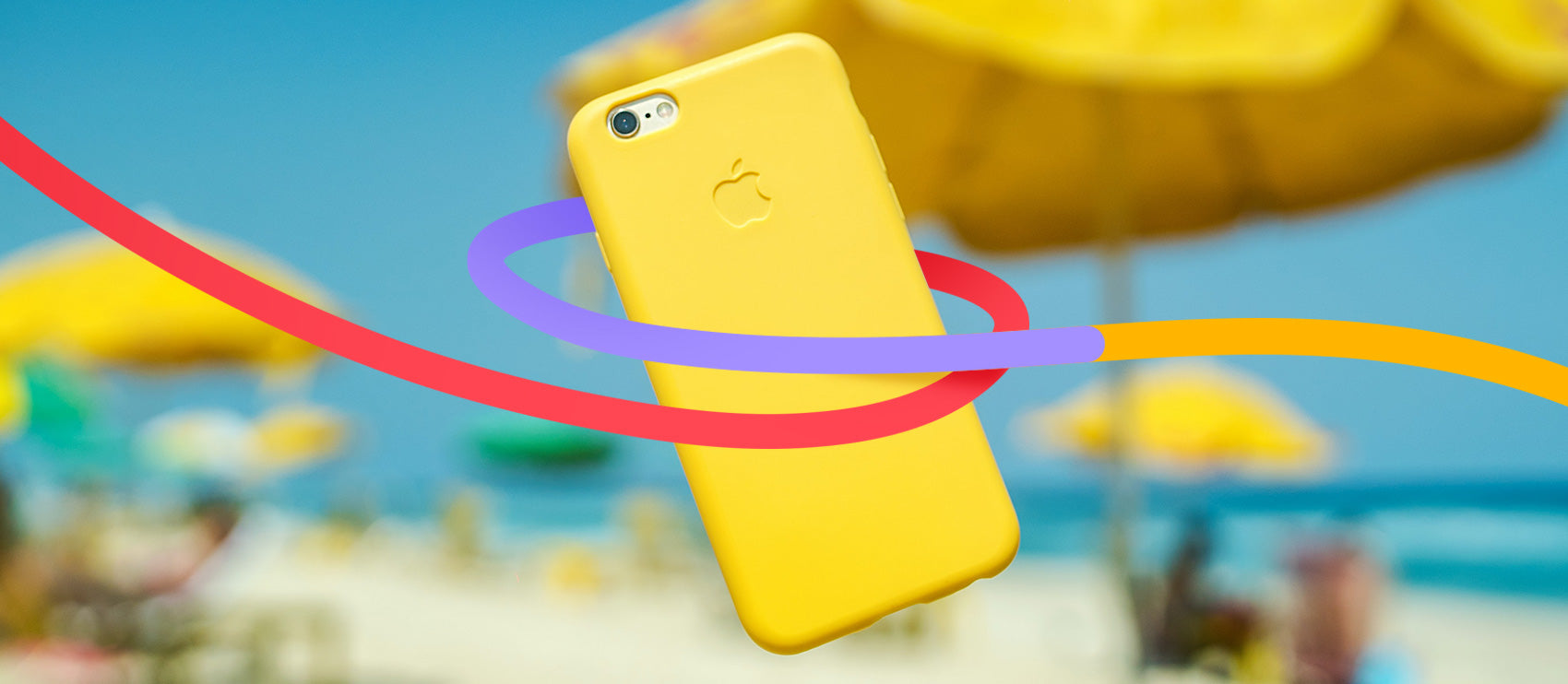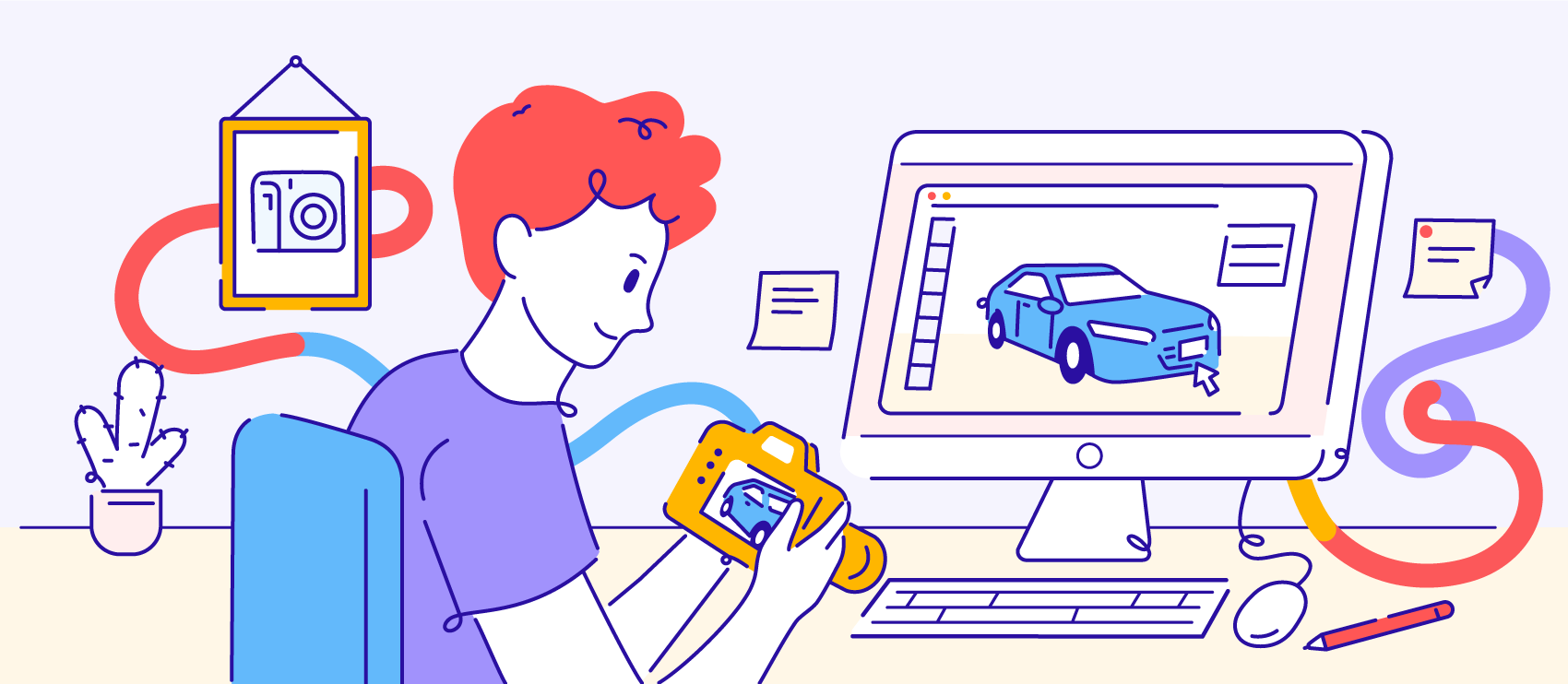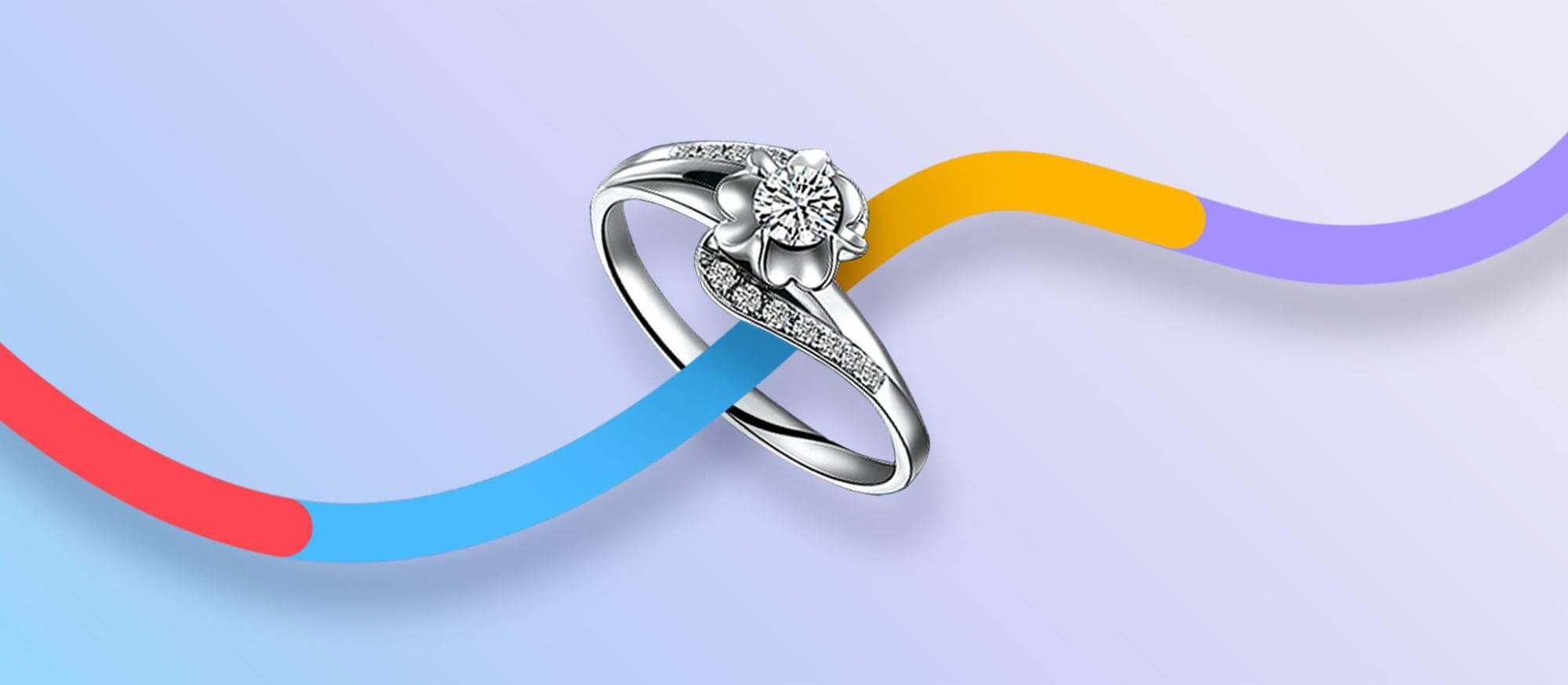It’s no secret that product photography is critical for ecommerce success. The better quality your photos, the more sales you’re likely to make.
And while photo editing can turn an average photo into an amazing one, it’s not magic. You can’t throw a poorly composed smartphone image into Photoshop and expect to turn it into a professional-worthy photo with some retouching and clipping paths.
Edits are meant to enhance the photo, not recreate it. So it’s important to get it right during the shoot so you can minimize post-processing edits and maximize results.
1. Show all angles
Use multiple angles to show more than just the front of your item. People want to know what it looks like on the sides, from the back, from above, etc. Showing all angles is incredibly helpful in giving more context.
Showing all angles can help reduce returns because shoppers have a better idea of what a product will actually look like when they have it. In 2020, SalesCycle found about 64% of returns were because the item didn’t match the description online.
This is especially important if you sell clothing, which has the highest return rate compared to other products. According to Nielsen Norman Group, the most effective product photos are “large, consistent, specific, dynamic, and inclusive.”

Athleisure brand Girlfriend Collective shows multiple angles of its clothing to help potential customers make an informed decision about their purchase.


One tip is to shoot from below the product, so the product looks bigger and like a “superhero” shot. Here’s an example where the product photo makes the Logan Graphic dual driver larger than life:

Implementing 360-degree photography can also be a great choice, especially if you’re selling apparel.
Again, don’t overthink it. Generally speaking, the more context you can show in your product photos the better, but don’t spend too much time over optimizing.
2. Highlight important product details
You put a lot of hard work into creating amazing products. Your product photos should highlight all that effort, including details like ingredients, materials, stitching, and any other stand-out features.
See how apparel brand Baro highlights the quality of its parka called The Brockton by focusing on the zipper. In another photo it shows the inner stitching of the parka to further demonstrate the quality of the item.


Health wearable company Oura also uses its product photos to give a close-up look at the technology that powers the ring. Not many rings have hundreds of sensors on them to track your sleep and heart rate, so highlighting the tech goes a long way in helping show how the Oura ring can track important health and fitness metrics.

3. Consider your page layout
Product images don’t exist in isolation. They’re usually part of a larger digital experience on your website, social media, Amazon, or wherever you’re selling. Your product images should match stylistically with the rest of your brand visuals.
Create a style guide with product photo standards to help keep your entire storefront consistent and cohesive. By setting a standard for hero images (for example, always use a white background for a hero image) you can be a little more creative when it comes to secondary shots.
KOOSHOO sells its sustainable hair accessories using a uniform white background photo for main images, creating an easy browsing experience on its website.

When users click through to a product page, they can see more variety with product images. Contextual lifestyle shots are buried as secondary images. The best of both worlds.

If you have a huge product line, consider breaking out style standards into multiple categories. Kettle & Fire does an excellent job of using a product page layout that works visually. Clear, crisp, and easy to navigate, customers can quickly learn more about their favorite bone broth flavors. Regardless of the flavor you view, the style is similar across the board.

4. Use photos in navigation
One underrated way to use your product photos effectively is by including them in your website navigation. Essentially, this means having each product photo clickable underneath so that your users can quickly browse various products in an intuitive and easy way.
Customer satisfaction platform FigPii found that adding your product photos to your navigation can improve conversions, highlighting Baboon to the Moon as an example.

By simply adding images above the item category, the brand increased its conversation rate by 4.4%, compared to a text-only approach.
Product photography is the cornerstone of ecommerce success
Product photography is almost like your digital inventory. Without photos, you’ve got nothing to sell. With these quick product photography tips in mind, you can create images that inspire buyer confidence, reduce editing time, and drive sales.
Let our pro designers look after your most tedious image edits, from 25¢ per image
Learn more
